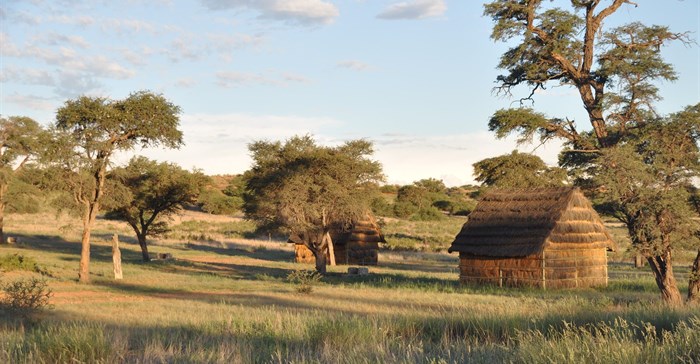The United Nations Education, Scientific and Cultural Organization (UNESCO) has inscribed the ‡Khomani Cultural Landscape as a World Heritage Site, bringing the number of World Heritage Sites in South Africa to nine.

#Khomani San Landscape within the Kgalagadi Gemsbok National Park (Image: Kevin Moore of SANParks )
Preserving SA's heritage
This according to South African National Parks (SANParks) Chief Executive Officer, Fundisile Mketeni, who said the inscribing of the ‡Khomani Cultural Landscape is a very important and symbolic step in the recognition and restoration of the dignity of the ‡Khomani San whose cultural life and traditional practices were significantly undermined by the forced removals they suffered under apartheid.
According to Mketeni this inscribing by UNESCO adds to the recognition of the Kalahari Gemsbok National Park and the larger Kgalagadi Transfrontier Park as a special and unique conservation area to be protected and enjoyed by all South Africans and citizens of the world. “It further gives recognition to the great work being done in the preservation and promotion of South Africa’s diverse heritage.”
He said the boundaries of the newly inscribed world heritage site coincides with the Kalahari Gemsbok National Park (KGNP), which is part of the vast Kgalagadi Transfrontier Park, straddling Botswana and South Africa. “This brings the number of world heritage sites under the management of SANParks to three as it adds to the existing Cape Floral Region and the Mapungubwe Cultural Landscape.”
Landmarks of San history
According to Mketeni, the ‡Khomani Cultural Landscape features sparse vegetation, occasional trees, and the dry riverbeds of the Nossob and Auob Rivers, as well as a large expanse of sand dunes and associated physical features which contain evidence of human occupation from the Stone Age to the present associated with the ‡Khomani San culture.

#Khomani San men and women around the fire (Image: Kevin Moore of SANParks )
The site also includes landmarks of San history, migration, livelihoods, memory and resources. “It attests to the adaptive responses and interaction of the ‡Khomani San, past, and present, to survive in a desert environment,” said Mketeni.
The submission to UNESCO was a collaborative work of the ‡Khomani San SANParks, the Department of Environmental Affairs, the Peace Parks Foundation and EcoAfrica.

































